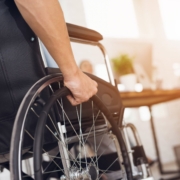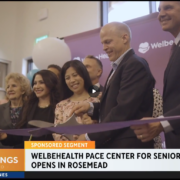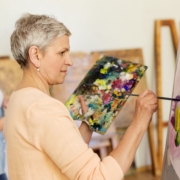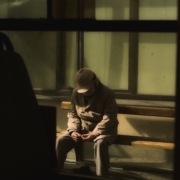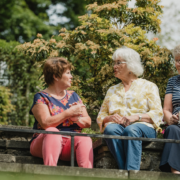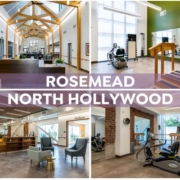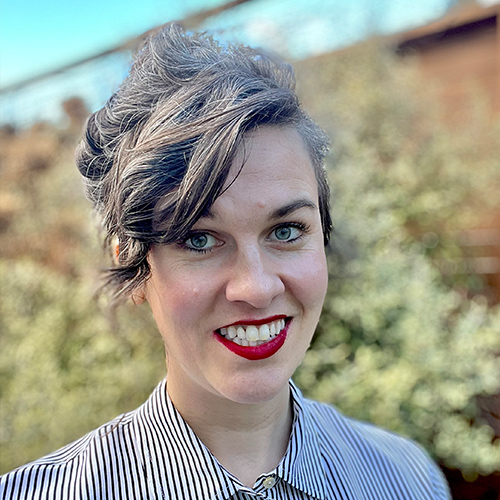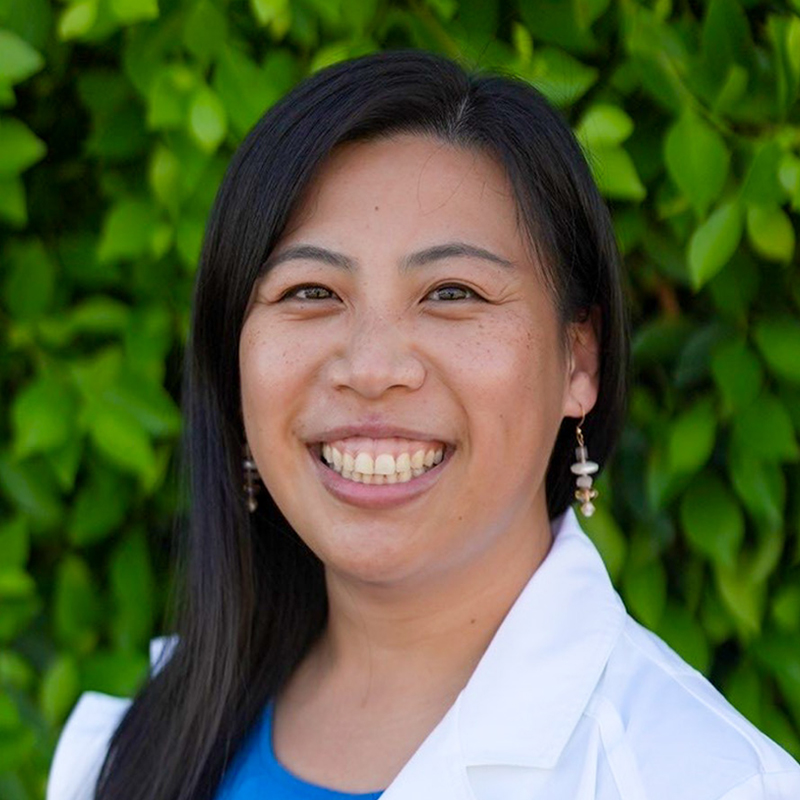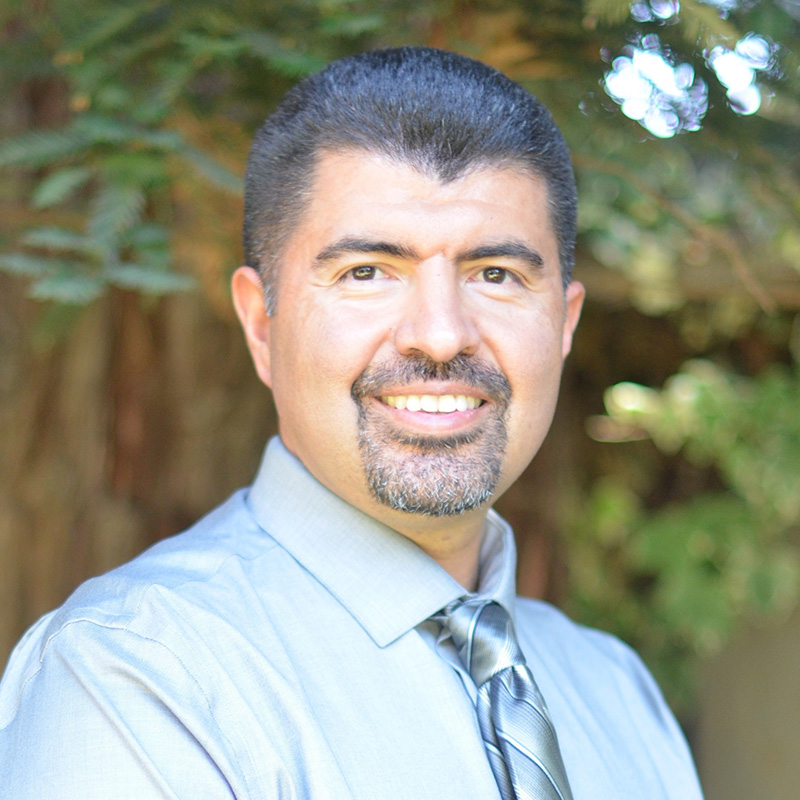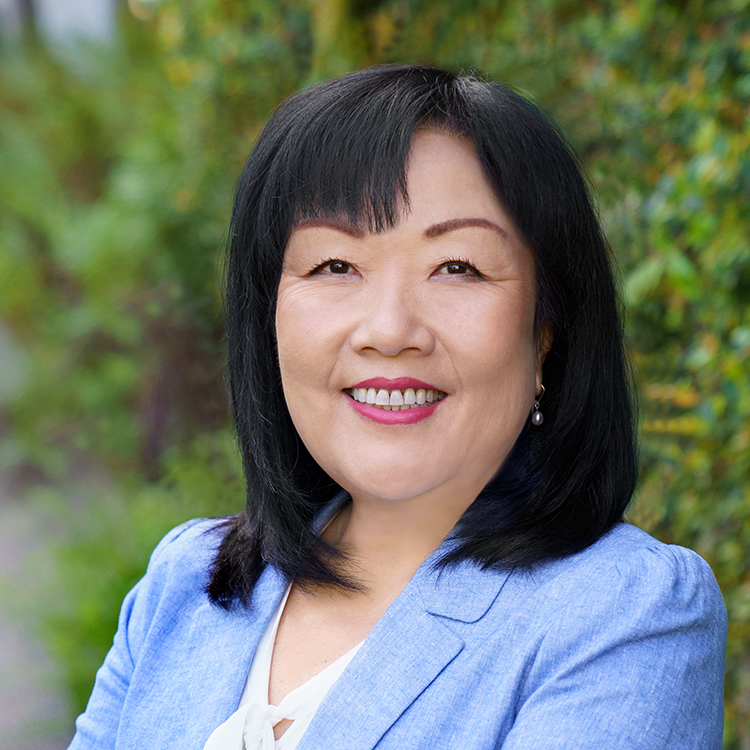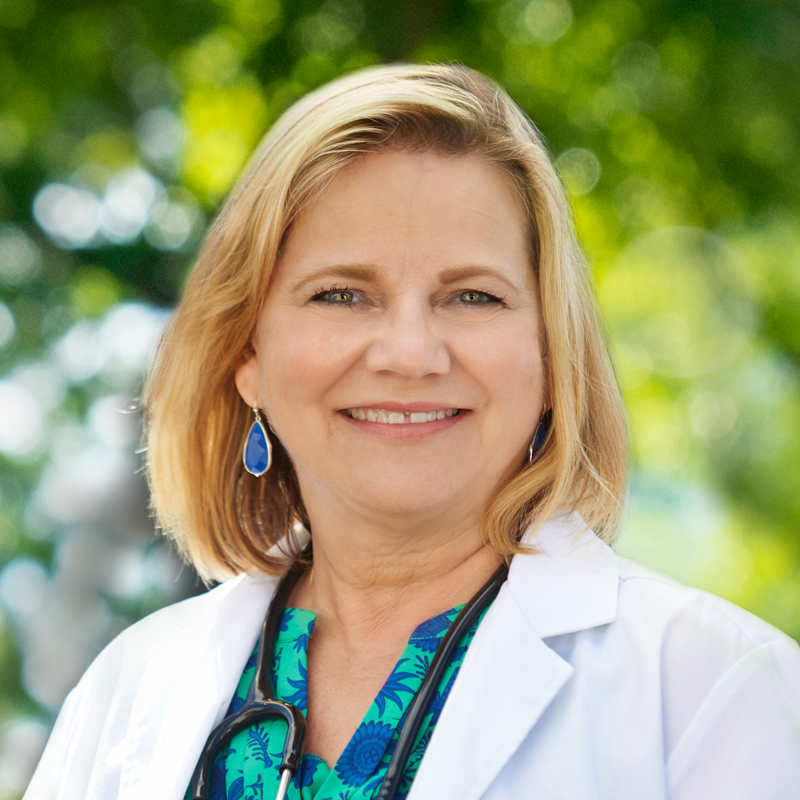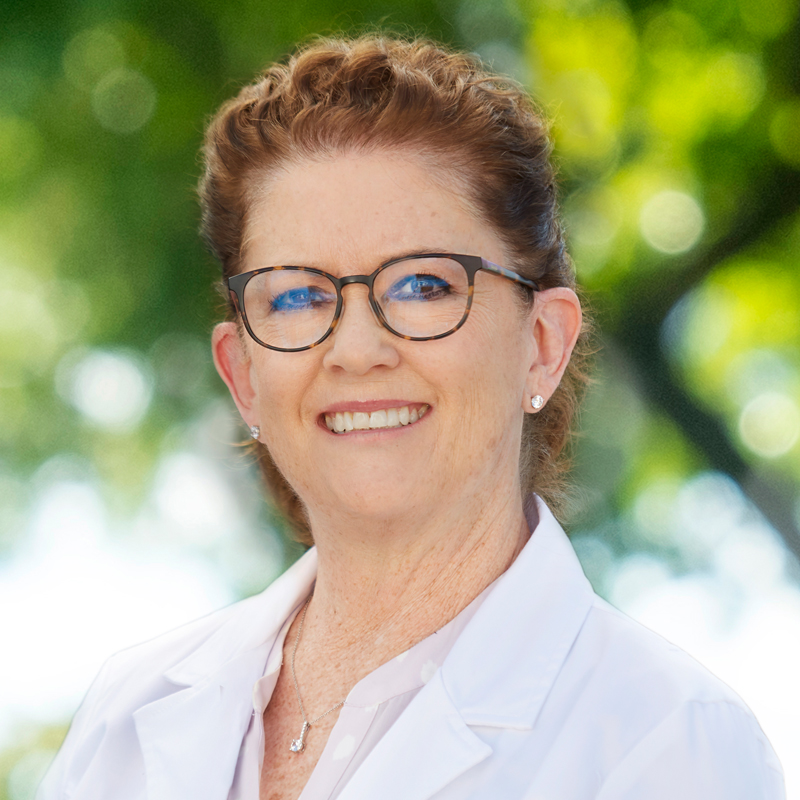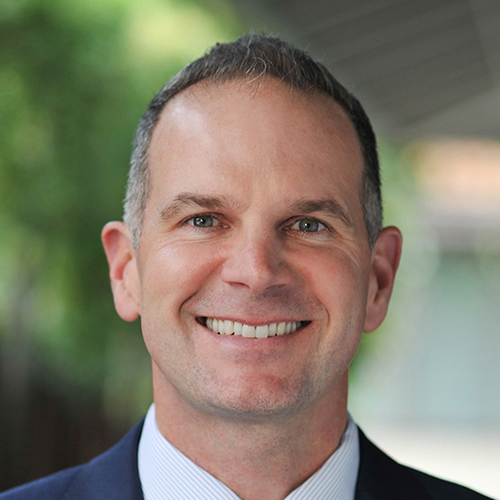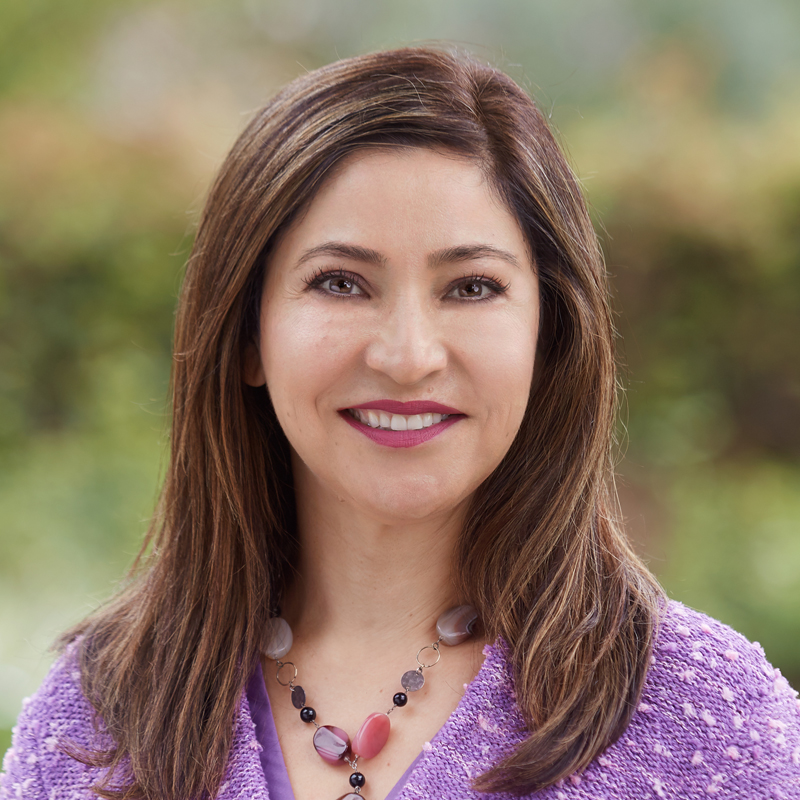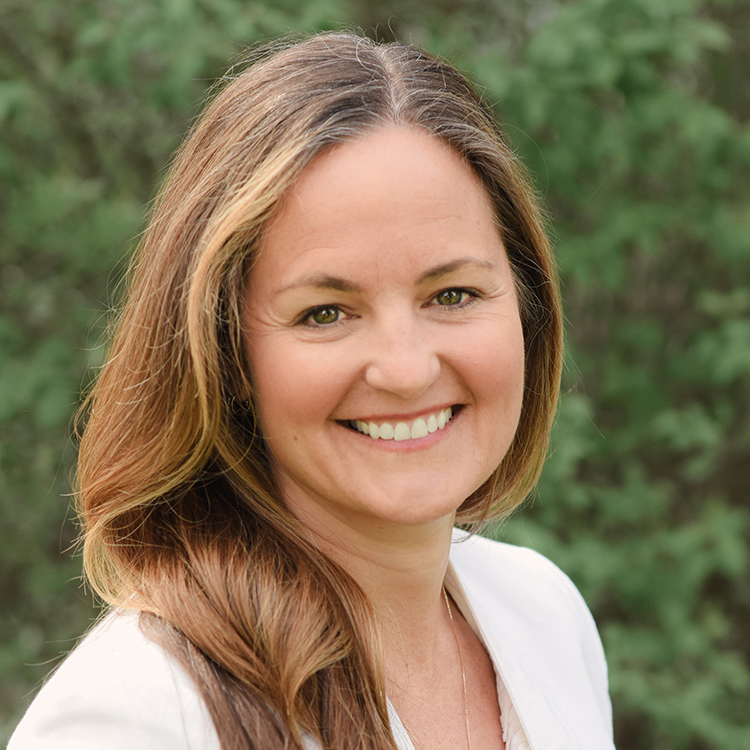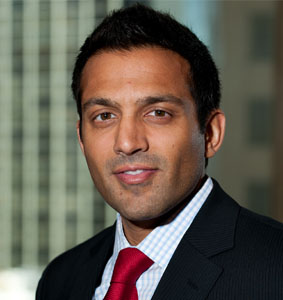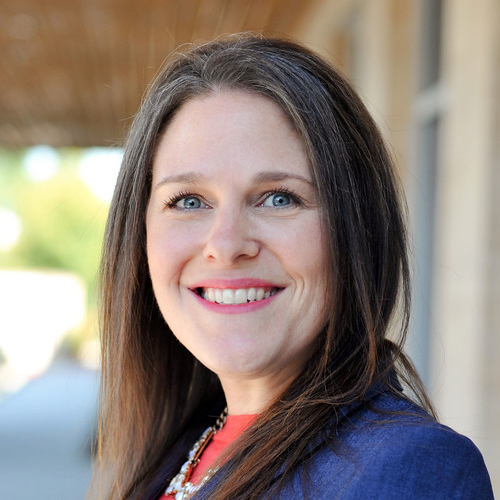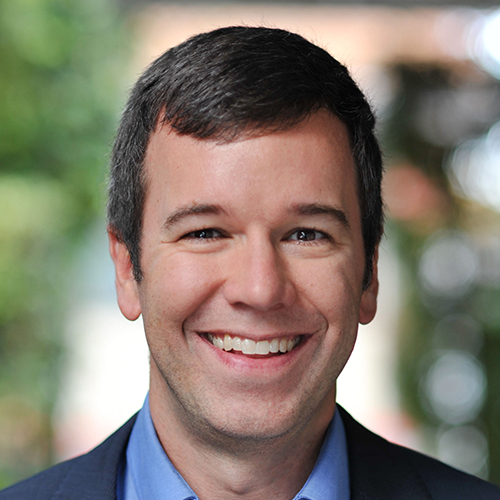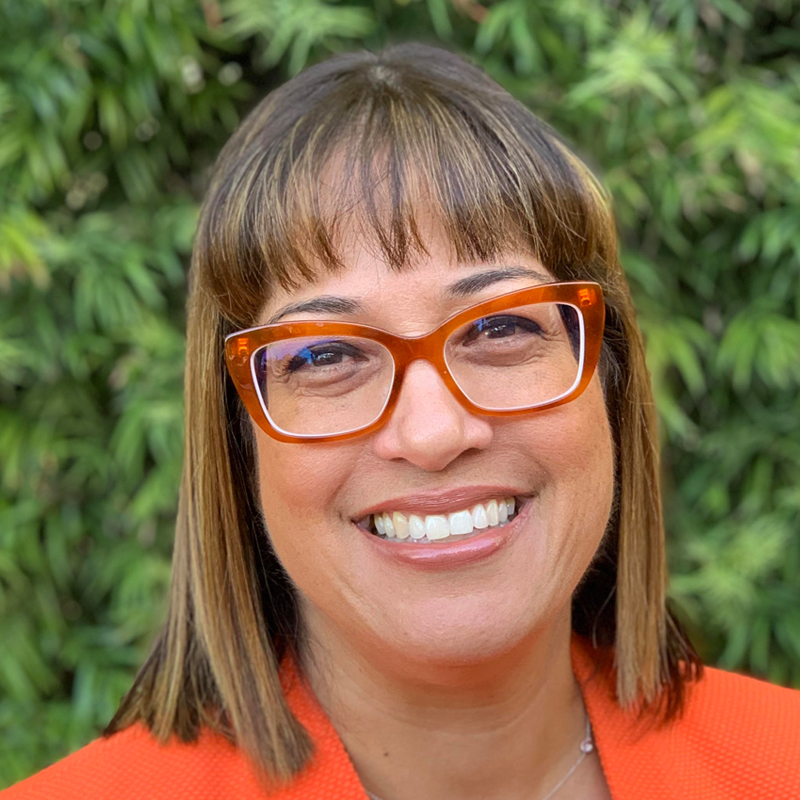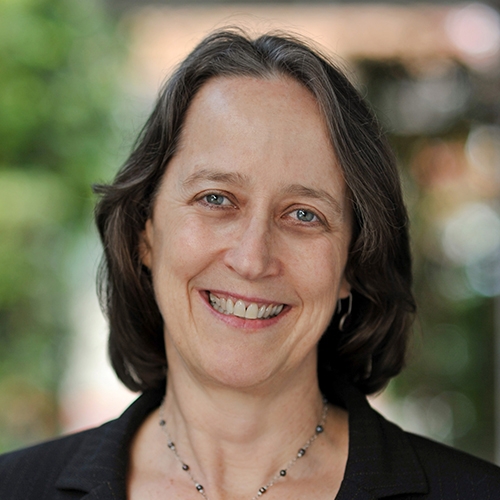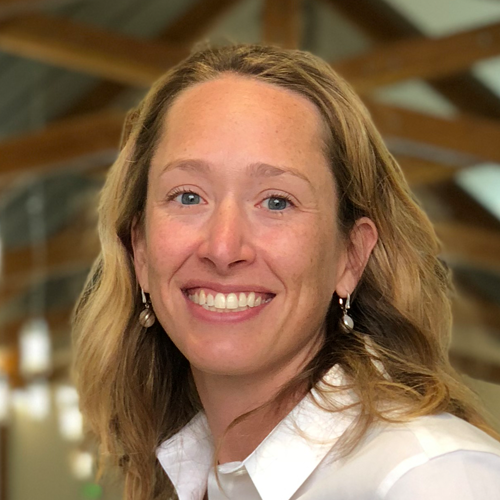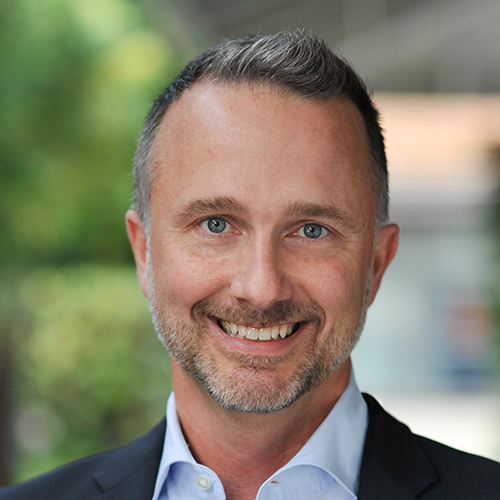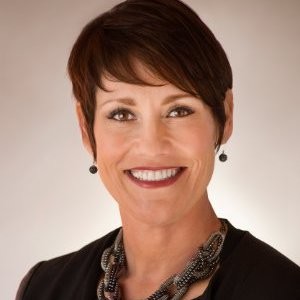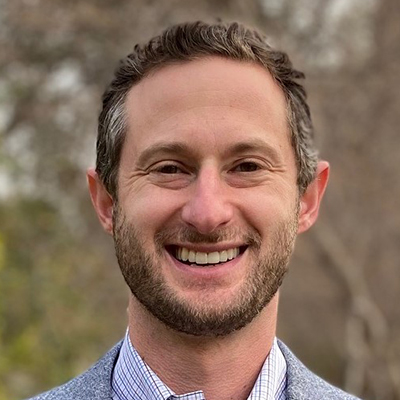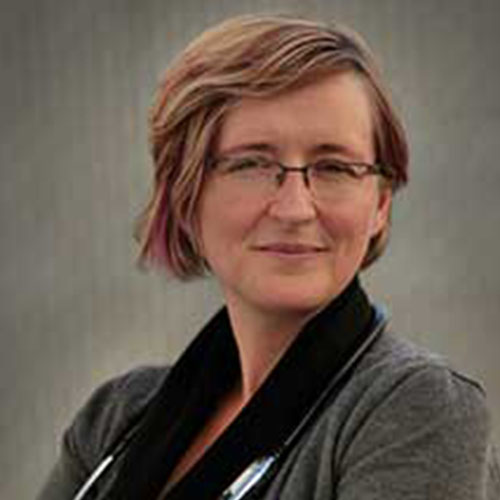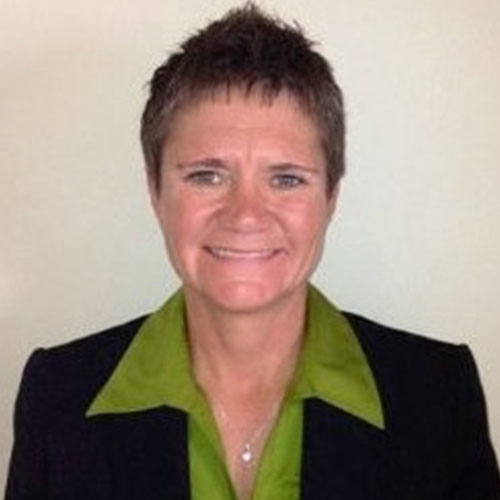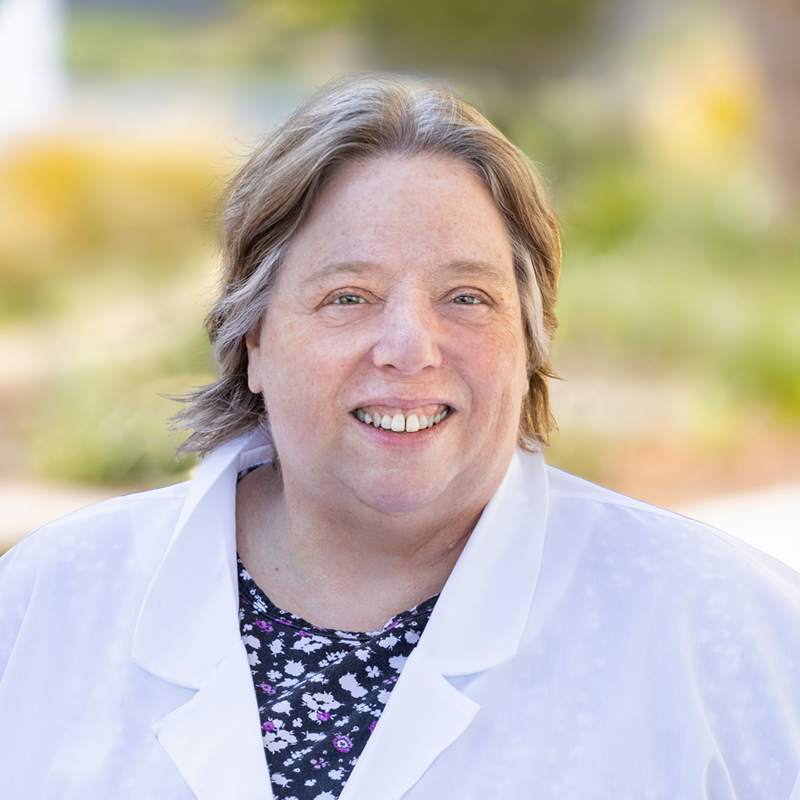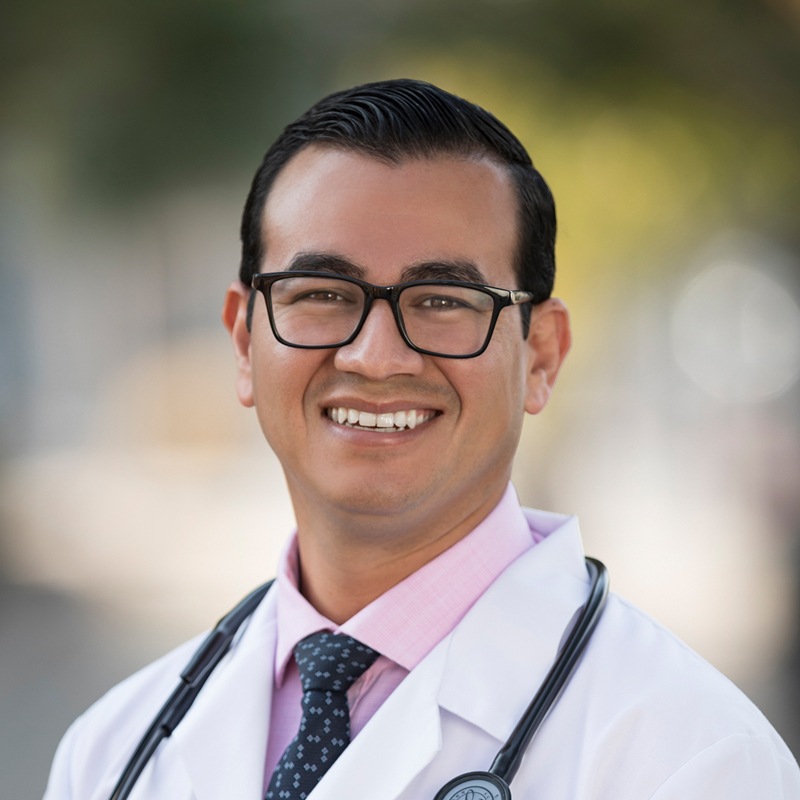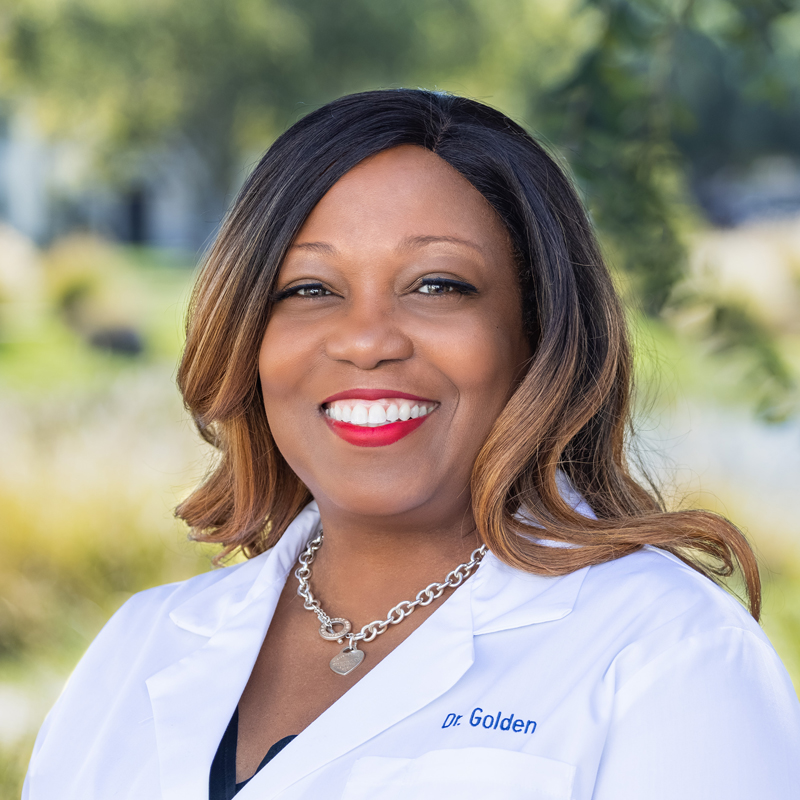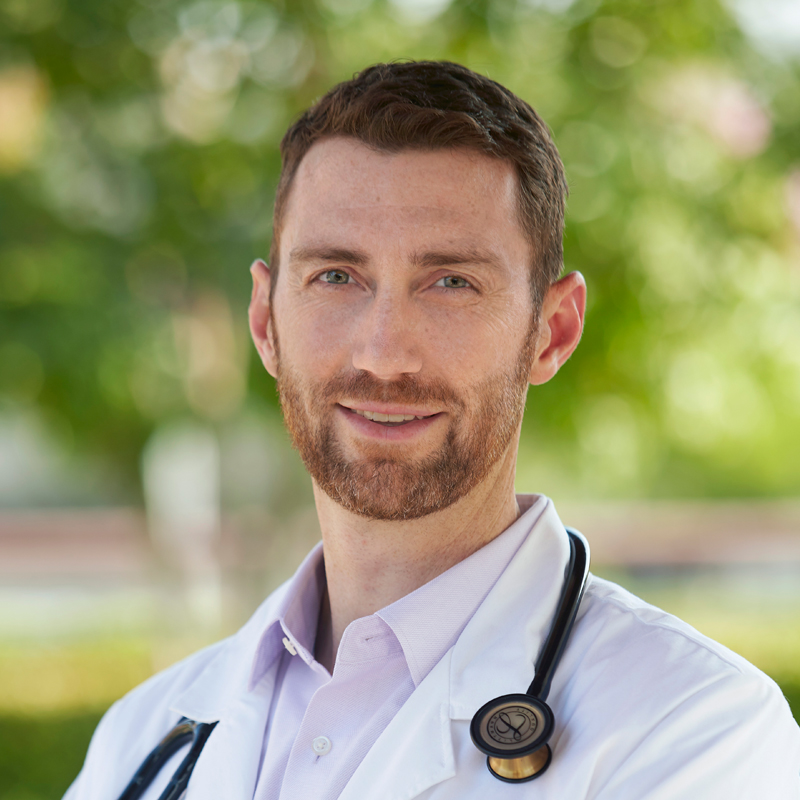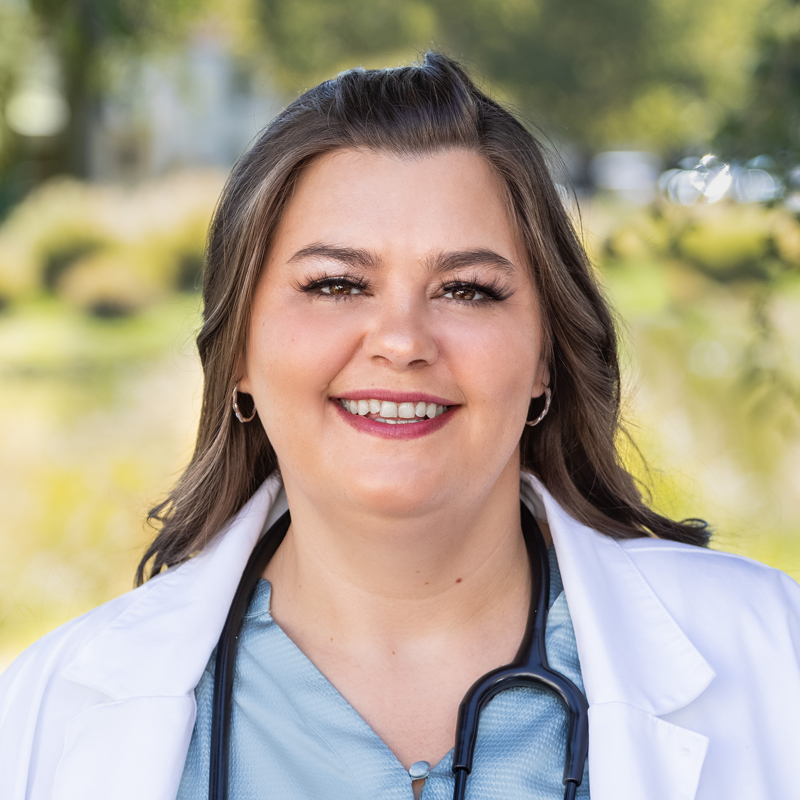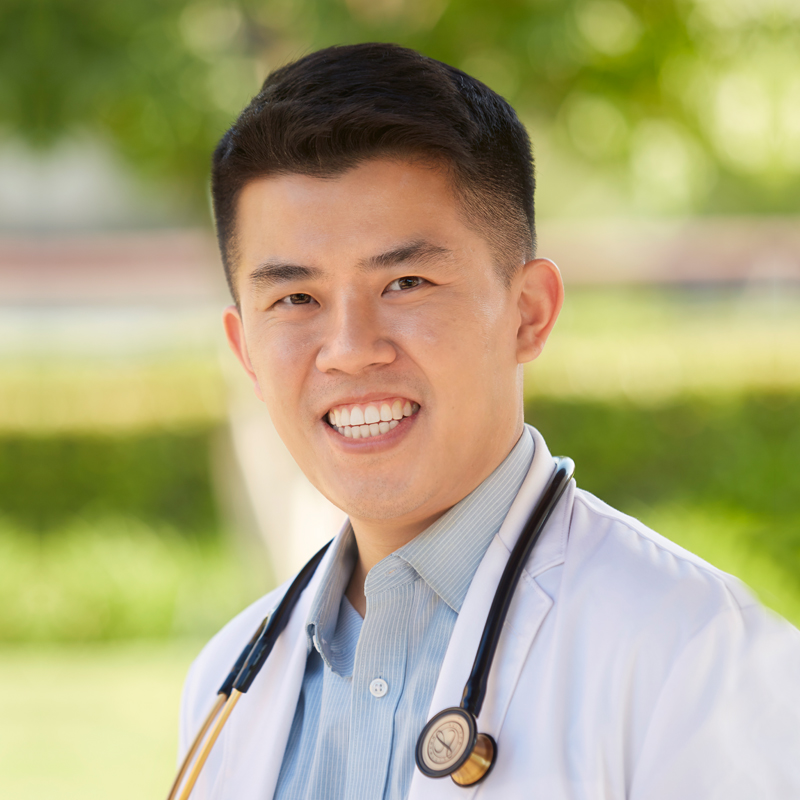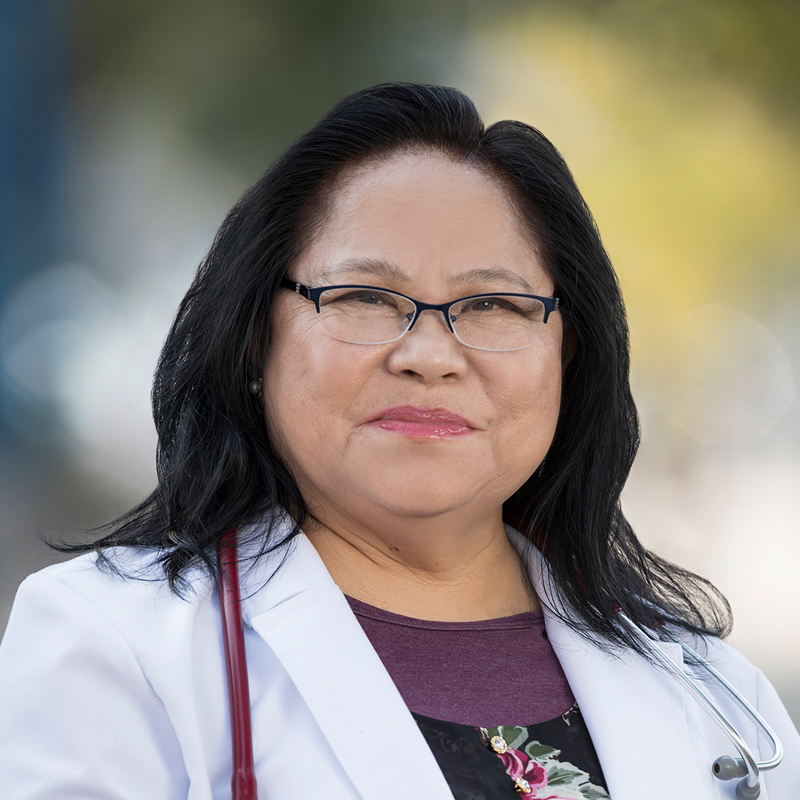H0934_1024Pas_WelbeHealthWeb_CMS Approved_04/04/22, H1544_1024Lon_WelbeHealthWeb_ CMS Approved_04/04/22, H2384_1024Fre_WelbeHealthWeb_ CMS Approved_04/04/22, H8082_1024Sto_WelbeHealthWeb_ CMS Approved_04/04/22, H8082_1028Mod_WelbeHealthModPage_CMS Approved_5/10/22, H8082_1030Sto_WelbeHealthWelcome_CMS Approved 07/20/2022, H0934_1030Pas_WelbeHealthWelcome_ CMS Approved 07/20/2022, H1544_1030Lon_WelbeHealthWelcome_ CMS Approved 07/20/2022, H2384_1030Fre_WelbeHealthWelcome_ CMS Approved 07/20/2022, H8082_1034Sto_WelbeHealthTestimonial_ CMS Approved 07/20/2022, H0934_1034Pas_WelbeHealthTestimonial_ CMS Approved 07/20/2022, H1544_1034Lon_WelbeHealthTestimonial_ CMS Approved 07/20/2022, H2384_1034Fre_WelbeHealthTestimonial_ CMS Approved 07/20/2022, H0934_WBHWeb_152_Rosemead_CMS Approved 06/12/2023, H0934_WBHWeb_152_NorthHollywood_CMS Approved 06/12/2023, H6317_WBHWebLocation_166_SanJose_CMS Approved 01/05/2024,H8082_WBHWebLocation_166_Modesto Approved 5/14/2024, H1917_WBHWebLocation_166_RIVCVY Approved 5/14/2024
Tag Archive for: senior independence
Elected Officials and Health Care Advocates Demonstrate Support for WelbeHealth’s Expansion in Southern California
US Rep. Tony Cárdenas, CA Sen. Susan Rubio, CA State Asm. Luz Rivas and Asm. Mike Fong, Alzheimer’s Association and LeadingAge CA among local leaders who attended events marking the expansion of WelbeHealth’s Program of All-Inclusive Care for the Elderly (PACE) in LA
New locations in North Hollywood and Rosemead provide community-based and at-home health care to thousands of underserved seniors
A diverse coalition of elected officials, advocates for vulnerable seniors, and local health care organizations joined WelbeHealth for the grand opening celebrations of WelbeHealth’s new Los Angeles locations in North Hollywood on October 6 and Rosemead on October 13.
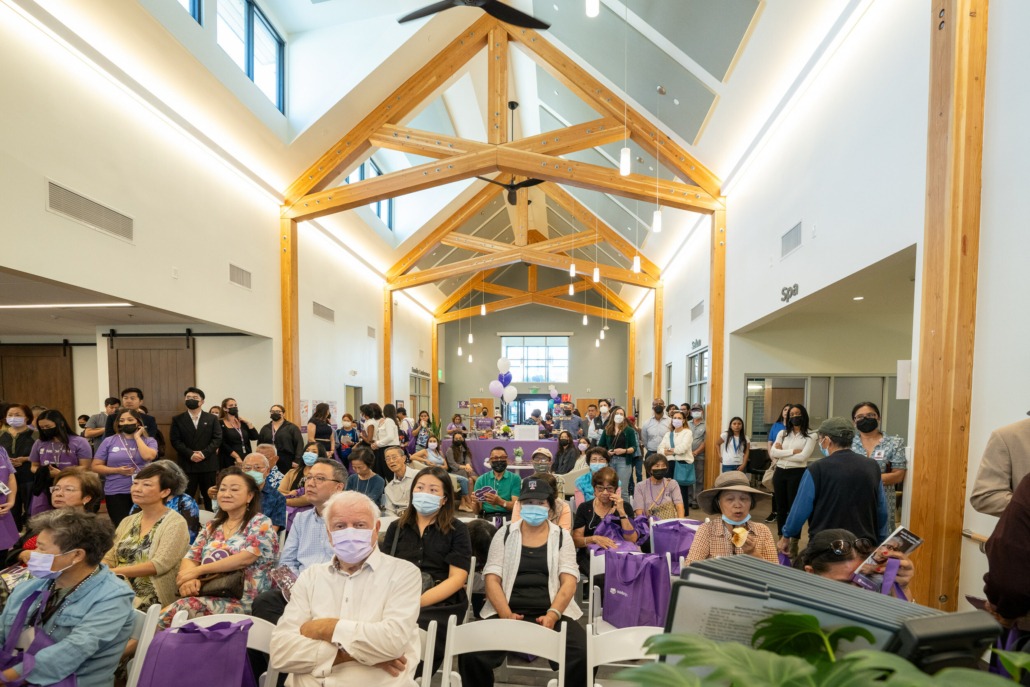
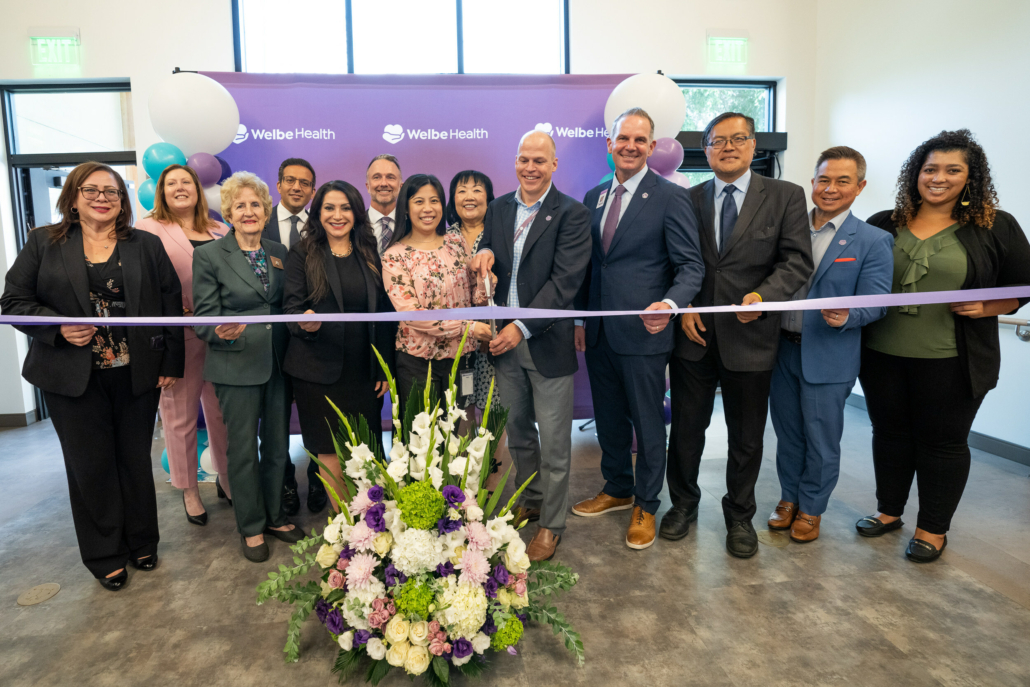
Speakers at the events included US Rep. Tony Cárdenas (CA-29), CA Sen. Susan Rubio, CA State Assemblymembers Luz Rivas and Mike Fong, Rosemead City Council Member Sandra Armenta, Rosemead Mayor Pro Tem Margaret Clark, Alzheimer’s Association Regional Leader and Executive Director Meg Barron, and LeadingAge CA President & CEO Jeannee Parker Martin. WelbeHealth participants Ronald Timmermeyer and Huy Luong also gave testimonials about the positive impact WelbeHealth has made in their lives.
“We are honored to have the support of such esteemed elected officials and community leaders. Our team strives every day to serve the elders of our community like Mr. Timmermeyer and Mr. Luong with the highest quality and compassion, helping them feel connected and at home while caring for their clinical and social needs,” said WelbeHealth CEO Si France, MD.
California elected officials and health care advocates voiced their support for WelbeHealth’s leadership in expanding access to community-based senior health services across the Los Angeles area through the Program of All-Inclusive Care for the Elderly (PACE). The new locations are poised to help meet the needs of over 9,000 seniors eligible for PACE within a 20-minute drive of the two centers. WelbeHealth is committed to ensuring every qualified senior can benefit from comprehensive care.
WelbeHealth delivers fully integrated care that allows frail seniors to age in place with the support of interdisciplinary teams, including doctors and nurses, physical therapists, home care aides, and social workers. Wraparound support like meals, social activities, and transportation address social determinants of health.
Alzheimer’s Association Regional Leader and Executive Director Meg Barron emphasized the impact of WelbeHealth’s PACE services: “WelbeHealth is delivering critical services to vulnerable seniors and their family members like memory care rooms and transportation. I wish my grandmother had access to PACE services.”
Studies have demonstrated life expectancy is higher among PACE participants and depression is much lower than among comparable populations. Beyond improving participant lives, caregivers report high satisfaction.
“I will continue to support legislation for our seniors, and I am grateful that WelbeHealth is bringing their program to the San Fernando Valley where my constituents can benefit from their wrap-around services,” said Congressman Tony Cárdenas (D-CA 29th District). “PACE can help us deliver higher quality care to our community at a lower cost. I am proud to be here with WelbeHealth, who are helping bridge the gap providing opportunities for patients to have their health care needs met at home.”
With most participants, dual eligible for Medicare and Medi-Cal, PACE offers a lifeline to lower-income seniors. California State Assemblymember Luz Rivas (D-43rd District) mentioned the struggle many seniors face paying for basic healthcare needs: “With WelbeHealth, everything is included for dual-eligible seniors. They don’t need to worry about paying for prescriptions or the dentist. It is really about lifting up the seniors in our community and ensuring they have the support and resources needed to thrive.”
PACE is also making strides in addressing the needs of historically underserved communities. “Through the PACE model, WelbeHealth ensures that older adults can see culturally appropriate providers,” noted California State Assemblymember Mike Fong (D-CA 49th District).
WelbeHealth breaks down health disparities in access to care. In Rosemead and North Hollywood, over 50% of seniors primarily speak a language other than English. “I value the fact that WelbeHealth employs multilingual staff members and offers activities to serve the needs of our diverse community in a beautiful setting,” said California State Senator Susan Rubio (D-CA 22nd District).
All speakers confirmed that access to PACE should continue to be a priority in California. LeadingAge California’s President & CEO Jeannee Parker Martin stated, “We know that PACE delivers transformative benefits for vulnerable older adults at a lower cost. We should ensure all eligible seniors have access to PACE.”
Both new locations began enrolling participants on July 1, 2023. WelbeHealth operates programs across California, including Modesto, Stockton, Pasadena, Long Beach, and Fresno.
For more information about WelbeHealth North Hollywood, visit here.
For more information about WelbeHealth Rosemead, visit here.
About WelbeHealth
WelbeHealth is a physician-led public benefit company founded in 2015 that provides comprehensive health care services for seniors through a fully integrated program that includes all medical and dental care, physical and occupational therapy, transportation to medical appointments, meals, and personal care services. WelbeHealth addresses social determinants of health to keep the most vulnerable seniors living safely in their own homes. Services are delivered through the Program of All-Inclusive Care for the Elderly (PACE), a national Medicare and Medicaid program. WelbeHealth’s development partner for the beautiful Rosemead facility was Turner Impact Capital.
Media Contact:
Nate Goehring, welbehealth@berlinrosen.com
Angharad Bhardwaj, Angharad.Bhardwaj@welbehealth.com
How Much Does a Wheelchair Cost on Average?
There are several reasons why you may need a wheelchair, but how much does a wheelchair cost? These are the prices you can expect.
When it comes to purchasing a wheelchair, one of the first questions that may come to mind is, “How much does a wheelchair cost?” The price of a wheelchair can vary greatly, depending on several factors.
Buying a wheelchair can get expensive, but don’t worry. There’s a way to get a reduced price on it, which we’ll discuss later. With that said, let’s take a look at the average wheelchair costs and how you can potentially save money.
How Much Does a Wheelchair Cost?
The cost of a manual wheelchair typically falls in the range of $100 to $500. These wheelchairs are often made of lightweight materials, like aluminum. They’re designed for individuals who have limited mobility but don’t require additional features.
Manual wheelchairs can be self-propelled or pushed by a caregiver. They typically have basic features, like adjustable footrests and armrests.
For those who require more advanced features, the cost of a manual wheelchair can increase significantly. Wheelchairs with specialized seats or custom modifications range from $1,000 to $5,000 or more.
These wheelchairs are often recommended for individuals with specific medical conditions or mobility needs. They may include features like tilt-in-space recline, power-assisted wheels, or specialized cushioning for pressure relief.
Electric Wheelchair Prices
Electric wheelchairs, also known as power wheelchairs, are another option. They’re powered by batteries and maneuver using a joystick or other control system. The cost of an electric wheelchair varies depending on weight capacity, range, and additional features.
Basic electric wheelchairs start at around $1,500. However, the price can go up to $5,000 or more for higher-end models.
It’s important to note that these prices are just averages and can differ based on where the wheelchair is purchased. Prices may also be influenced by insurance coverage or discounts offered by certain providers.
Furthermore, extra costs may be required when buying a wheelchair. If ramps or lifts are needed, that’s usually a separate charge.
When considering the cost of a wheelchair, always factor in the ongoing maintenance and repair costs. Like any piece of durable medical equipment, wheelchairs require periodic maintenance or repairs.
It’s recommended to inquire about warranty options or service plans. These options will help to mitigate these potential costs.
Medicare and Wheelchairs
Although wheelchairs are pricey, Medicare Part B may cover them as durable medical equipment. This means that seniors can save a significant amount of money.
Even without Medicare, most durable medical equipment companies offer payment plans to customers.
Understanding Wheelchair Costs
How much does a wheelchair cost? We hope this article answers that burning question for you. As you can see, there are a lot of factors that go into the overall price of a wheelchair. Thankfully, Medicare may help with the financial load.
If you or your loved one needs assistance, we’re here for you. At WelbeHealth, our goal is to help the elderly thrive. We provide full-service care for seniors through in-home care, prescription delivery, and more.
To learn more about us, call 1 (888) 530-4415, or contact us on our website.
How Does Diabetes Affect the Endocrine System? A Helpful Guide
1 in 10 Americans are dealing with diabetes. On top of that, 20 percent of people with diabetes have no idea they have it. Uncontrolled diabetes does a number on many parts of your body, especially your endocrine system.
How does diabetes affect the endocrine system? We have all of the answers for you right here. Read on to learn all about living with diabetes.
What Is the Endocrine System?
The endocrine system is made up of a number of different organs and glands, all of which are meant to promote energy metabolism. The most prominent organ in the endocrine system is the pancreas, which regulates your blood glucose levels. It also includes the ovaries and testes.
Endocrine system glands include the adrenal, pineal, pituitary, and thyroid gland. The adrenal gland boosts your blood glucose levels and causes your heart to beat faster, while the thyroid gland regulates your metabolism. Finally, the pituitary gland is in charge of growth and the pineal gland regulates your sleep.
How Does Diabetes Affect the Endocrine System?
Think of your endocrine system like an engine. The food you eat fuels that engine, which in turn has an impact on your blood glucose levels. Ideally, you want a steady level of blood glucose to keep your body running.
When you have diabetes, your body has a harder time regulating your blood glucose levels. They can either go far too high or far too low. What happens to your blood glucose depends on the type of diabetes with which you’re diagnosed.
Type 1 Diabetes
People who have type 1 diabetes are unable to produce enough insulin to properly respond to the intake of food. This causes blood glucose levels to spike. People diagnosed with type 1 diabetes have to inject insulin in order to properly regulate their blood glucose.
Type 2 Diabetes
People who have type 2 diabetes produce sufficient insulin, but their body doesn’t respond to it. This also results in high blood glucose levels. Type 2 diabetes treatment includes medication that increases your body’s sensitivity to insulin and keeps blood glucose levels balanced.
Living with Diabetes
The impact of diabetes extends far beyond your endocrine system. If you have it, you should be seeing a doctor regularly to make sure it’s well controlled. You’ll also want to get eye exams and visit the podiatrist to avoid things like diabetic retinopathy and diabetic neuropathy.
The better you control your diabetes, the better the likelihood of positive health outcomes!
Are You in Need of Diabetes Help?
How does diabetes affect the endocrine system?
As it turns out, the answer depends on whether you have type 1 or type 2 diabetes. At a minimum, your body isn’t producing enough insulin or it isn’t responding to insulin. No matter what type of diabetes you have, it’s critical that you see your doctor regularly to make sure it’s properly managed.
Are you looking for compassionate care for seniors living with diabetes? WelbeHealth is there for you. Contact us today to learn how we provide seniors with full-service healthcare and personalized support to help you age well at home and in your community.
5 Easy Crafts for Seniors With Dementia
There are several ways you can keep someone with dementia engaged. Check out this guide for some easy crafts for seniors with dementia.
13.9% of Americans have some kind of dementia. Art and crafts are a great way to entertain and help dementia patients pass the time. They create new neural connections.
Engaging in creative activities can have a positive impact. Both on the mental and emotional well-being of seniors. This is especially true for folks with dementia.
Crafts provide a stimulating and enjoyable way for seniors to express themselves. They can reminisce and maintain a sense of purpose.
Here are five rewarding and easy crafts for seniors with dementia.
1. Memory Boxes
Memory boxes are a wonderful way for seniors with dementia to connect with their past.
To create a memory box, gather a small, sturdy box. Collect various items, such as:
- Old photographs
- Postcards
- Trinkets
- Other sentimental objects
Encourage your loved one to decorate the box. Use paint, stickers, or markers.
As you work on the memory box together, prompt them with questions about the items they’re including. Encourage them to share stories and memories associated with each item.
The completed memory box becomes a valuable keepsake. It can be revisited and enjoyed repeatedly.
2. Collage Art
All you need are old magazines, scissors, glue, and a piece of paper or cardboard as the canvas.
Request your loved one to cut out images and words from magazines. These images should appeal to them or bring back memories.
As you create collages, discuss the pictures and words they choose. Ask open-ended questions to spark conversations.
The process of creating collages allows for self-expression.
3. Painted Rocks
Painted rocks are a simple and enjoyable craft. It can be done indoors or outdoors.
Collect smooth and flat rocks.
Provide non-toxic acrylic paint, brushes, and water. Ask your loved one to paint the rocks however they prefer.
Painted rocks can serve as garden decorations or paperweights. The act of painting the rocks promotes creativity and focus. It also offers a sense of achievement.
It’s a craft that can be done at a relaxed pace. This allows for breaks and conversations as needed.
4. Bead Jewelry
This craft enhances fine motor skills and provides a sense of accomplishment. You can create necklaces, bracelets, or even keychains.
To get started, gather an assortment of items, like:
- Colorful beads
- Strings
- Clasps
- Pliers
Guide your loved one through the process. Help them select beads. Offering assistance with threading and fastening clasps if needed.
Bead jewelry provides a tactile and visually stimulating activity. The finished pieces can be proudly worn or gifted to loved ones.
5. Paper Flowers
You’ll need colored paper, scissors, glue, and green pipe cleaners.
Ask your loved one to cut out petal shapes from colored paper. Attach them to the pipe cleaner stem with glue.
These paper flowers are simple to create. They can be arranged in vases or used for various decorative purposes.
Choose Easy Crafts for Seniors With Dementia
Living with dementia isn’t easy either for the patient or their relatives. That’s why easy crafts for seniors with dementia can be such a boon. They can entertain and help build a connection.
Check out WelbeHealths Program of All-Inclusive Care for the Elderly (PACE). It’s a full-service option for seniors. It allows them to stay at home and in their community. Learn if you qualify here.
How to Ask for Help With Depression: A Guide for Seniors
Living with depression can be challenging, but you don’t have to do it alone. This is how to ask for help with depression.
Are you experiencing a loss of interest in activities you used to enjoy? Do you have feelings of sadness and hopelessness or difficulty sleeping? If so, you may be struggling with depression.
As we get older, life can become more lonely and it may leave you feeling lost.
Living with this disorder can be challenging, especially if you don’t know how to ask for help with depression. You might feel it’s not worth reaching out to someone.
If this describes you in any way, keep reading. This article discusses depression, the symptoms, and how to ask for help so you don’t have to feel this way any longer.
What Is Depression?
Depression, also called depressive disorder, is a mental disorder. It’s common and is characterized by an all-encompassing sadness or negative view of life. Depression affects how you think and act, leading to various emotional and physical problems that interfere with daily functioning.
Depression can occur at any age; however, it begins more commonly as an adult. There are several types of depression, such as:
- Major Depressive Disorder
- Persistent Depressive Disorder
- Seasonal Affective Disorder
Signs of Depression
Depression can present differently from person to person. Typically, symptoms include:
- Feelings of sadness
- Loss of interest or pleasure in previously enjoyed activities
- Changes in appetite
- Changes in weight
- Trouble sleeping
- Excess fatigue
- Feelings of worthlessness
- Feelings of guilt
- Difficulty concentrating
- Thoughts of suicide or suicide ideation
How to Ask for Help With Depression
Depression as a senior is manageable if you seek treatment. A medical professional will typically prescribe an antidepressant and possibly a mood stabilizer. If you’re unsure of how to ask for help with depression, there are a few things you can try.
Find a Trusted Person
Identify a trusted person with whom you can confide in. This can be a family member, friend, pastor, etc.
Be Open and Honest
When you sit down and chat with a trusted person, you must be open and honest about your feelings. Ask them if they’re willing to help you through this difficult time.
Seek Professional Depression Treatment
If you need help seeking professional help, ask someone you trust to help find a professional or accompany you to one. A professional will have the necessary experience to help.
Help Is Around the Corner
Living with depression can be challenging as a senior, but it’s not something you have to battle alone. If you’re unsure how to ask for help with depression, ask someone you trust if they’re willing to listen.
You want to choose the right time to ask, and when they accept, be honest with how you feel. Professional help is strongly recommended wherever possible to assist with medications if necessary.
WelbeHealth provides full-service healthcare and personalized support to help you age well at home and in your community. Our Program of All-Inclusive Care for the Elderly (PACE) meets the changing needs of seniors, often at no cost. Many of our centers have support groups available to help you through your difficult times. To learn more visit: www.welbehealth.com/contact/
Stay Safe in the Sun – A Guide for Seniors
As the summer heat approaches, everyone loves to head outside and enjoy the outdoors after months of being cooped up indoors. However, the sun’s harmful ultraviolet rays can cause serious skin damage and lead to different types of skin cancer. For seniors, sun safety is essential to avoid skin damage and protect themselves from excessive heat. Let’s discuss some important tips and tricks on how seniors can stay safe in the sun.
- Wear Sun-Protective Clothing
One of the easiest ways for seniors to stay safe in the sun is to wear sun-protective clothing. This includes wearing long-sleeved shirts, wide-brimmed hats, and other clothing that will keep your skin protected from the sun. Look for fabrics that are lightweight, moisture-wicking, and provide UV protection. Opt for clothes that cover your arms and legs as much as possible to minimize sun exposure.
- Apply Sunscreen Regularly
Sunscreen is a must regardless of age. Seniors should choose a broad-spectrum sunscreen with an SPF of 30 or higher. Apply sunscreen liberally at least 30 minutes before you go outside and reapply it every two hours or more often if you sweat or swim. Don’t forget to apply sunscreen to your ears, back of the neck, hands, and feet. These areas are often overlooked but can be severely affected by harmful UV rays.
- Avoid Peak Sun Hours
Typically, the sun’s UV rays are most intense between 10 a.m. and 4 p.m. Seniors should avoid being outside during these peak hours or plan outdoor activities early in the morning or late in the afternoon when the sun’s rays are less intense. Even on cloudy or overcast days, it’s essential to stay cautious and wear sun-protective clothing and sunscreen.
- Stay Hydrated
Staying hydrated is essential in the summer heat, especially for seniors. Make sure to drink plenty of water even if you don’t feel thirsty. Carry a water bottle with you at all times when you’re outside and avoid sugary drinks like soda or energy drinks. Dehydration can quickly set in, making you feel dizzy or nauseous, and can lead to heat exhaustion.
- Seek Shade and Cool Off
Lastly, if you start to feel overheated or uncomfortable in the sun, it’s important to seek shade and cool off. Find a shady spot under a tree or bring a parasol or umbrella with you. Take breaks regularly, go indoors to an air-conditioned room, or take a dip in the pool or ocean to cool off.
Sun safety is essential for seniors, and following these tips can help keep them safe and protected when enjoying the outdoors. Wearing sun-protective clothing, applying sunscreen, avoiding peak sun hours, staying hydrated, and seeking shade are all simple and easy ways to avoid harmful UV rays. Being proactive about sun safety can help seniors reduce their risk of skin damage and keep them healthy and happy all summer long.
Seniors deserve to have access to the greatest care possible. Learn more about PACE so you can improve the quality of your life.
WelbeHealth Continues Los Angeles Expansion With Opening of New PACE Centers in Rosemead and North Hollywood
Through the Medicare and Medi-Cal funded Program of All-Inclusive Care for the Elderly (PACE), WelbeHealth delivers fully integrated care that allows seniors to age in place
Both new locations are poised to meet the needs of an aging population across greater metro LA; thousands of residents local to the new centers are over 55 and eligible for PACE
See photos of the new spaces here
Today the physician-led senior health services provider WelbeHealth announced the opening of its Rosemead and North Hollywood locations. The new locations will increase access to care in underserved communities where thousands of lower-income older adults qualify for health care through the Program of All-Inclusive Care for the Elderly (PACE), a national Medicare and Medicaid program that offers seniors access to comprehensive at-home and community-based services.
The expansion marks a greater Los Angeles metro area presence for WelbeHealth, which also operates centers in Long Beach and Pasadena. Both WelbeHealth Rosemead and WelbeHealth North Hollywood will offer spaces for medical and dental care, social recreation, physical and occupational therapy, personal care, meals and nutritional counseling. Transportation and in-home care are also delivered as part of WelbeHealth’s integrated services.
Aligned with WelbeHealth’s commitment to holistic health, the new locations are thoughtfully designed contemporary spaces, inspiring an environment where participants can feel mentally rejuvenated while receiving high-quality medical care. Features like outdoor social spaces, hair salons and laundry rooms offer a respite from loneliness and limited access to personal care that many lower-income older adults experience.
“Welbe’s purpose is to unlock the full potential of the most frail and vulnerable seniors through a model of clinical excellence, comprehensive social services and our courage to love culture, that values every one of our team members, our participants and their families. We see a huge need for services like this in the Rosemead and North Hollywood communities,” said Si France, MD, Founder and CEO at WelbeHealth. “We know that caring for this population has ripple effects throughout their families and their communities, and we’re honored to serve them.”
Both centers are currently enrolling new participants, with services set to begin on July 1.
Over 9,000 seniors are eligible for PACE within a 20-minute drive of the two centers. The surrounding populations are highly diverse, with over half of local seniors primarily speaking a non-English language including Spanish and Chinese. To meet the needs of its participants, WelbeHealth has employed multilingual staff members across many positions. Culturally appropriate meal menus, activities, and other services have been made available to best serve the needs of the local communities.
“California’s population is aging rapidly. We are expanding our presence in Southern California to meet the growing need for specially designed services that allow seniors to thrive in their communities while lowering costs compared to institutional care. Our mission to serve the most vulnerable seniors with better quality and compassion will lift the burden off family members and improve the lives of older adults,” said Vaneesh Soni, MD, Chief Growth Officer at WelbeHealth.
In addition to the new North Hollywood and Rosemead centers, WelbeHealth operates programs across California, including in the cities of Modesto, Stockton, Pasadena, Long Beach and Fresno.
About WelbeHealth
WelbeHealth is a physician-led public benefit company founded in 2015 that provides comprehensive healthcare services for seniors through a fully integrated program that includes all medical and dental care, physical and occupational therapy, transportation to medical appointments, meals and personal care services. WelbeHealth addresses social determinants of health to keep the most vulnerable seniors living safely in their own homes. Services are delivered through the Program of All-Inclusive Care for the Elderly (PACE), a national Medicare and Medicaid program.
For more information, please visit welbehealth.com.
Contact: Ryan Jackson, welbehealth@berlinrosen.com



